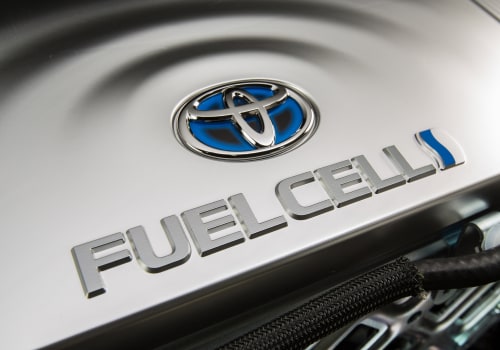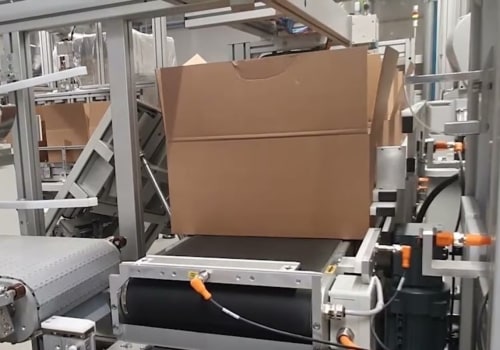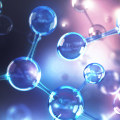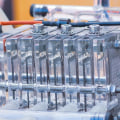Batteries can be recharged in the same way that a hydrogen bottle can be refilled, but battery capacity decreases during many recharge cycles. A hydrogen container and a fuel cell, on the other hand, do not degrade over time. Fuel cells have several advantages over conventional combustion-based technologies currently used in many power plants and vehicles. Fuel cells can operate more efficiently than combustion engines and can convert chemical fuel energy directly into electrical energy with efficiencies that can exceed 60%.
Fuel cells have lower or zero emissions compared to combustion engines.
Hydrogen fuel
cells only emit water, addressing critical climate challenges, as there are no carbon dioxide emissions. Nor are there air pollutants that generate smog and cause health problems at the point of operation. Fuel cells are quiet during operation because they have few moving parts.As people move toward cleaner transportation, hydrogen fuel cells are gaining popularity for automotive applications. However, technology has traditionally been hampered by problems related to the cost and longevity of components, which have prevented it from gaining a firm foothold in the automotive industry. In addition, while lithium batteries have a limited lifespan and need to be replaced, fuel cells don't degrade in the same way. They continue to produce energy as long as the fuel source is present, which can generate significant environmental benefits over a normal lifespan.
Fuel cells are unique in the variety of their potential applications; they can use a wide range of fuels and raw materials and can provide power to systems as large as a utility power plant and as small as a laptop. On the other hand, in the reverse reaction of the fuel cell, that storable fuel can be used to generate electricity when the wind is not blowing. In electrolysis mode, electricity from, for example, wind, can be used to generate storable fuel such as hydrogen. Specific operating conditions induce and accelerate several degradation mechanisms and reduce the overall lifespan of fuel cells.
The start-up and operation of the fuel cell also introduce side reactions that impair the effectiveness of the catalyst. Fuel cells usually use a platinum catalyst to accelerate the reaction at the oxygen electrode, but platinum is expensive. This research was supported by the Office of Hydrogen and Fuel Cell Technologies (DOE-EERE-HFTO) of the United States Department of Energy, Energy Efficiency and Renewable Energy through the Electrocatalysis Consortium (ElectroCat). A fuel cell consists of two electrodes, a negative electrode (or anode) and a positive electrode (or cathode) interspersed around an electrolyte.
The use of green energy improves the environmental credentials of lithium-ion and hydrogen fuel cell systems. At AMS Composite Cylinders, we have been at the forefront of hydrogen fuel cell technology for several years, providing ultra-light carbon composite cylinders for several projects, including the world's first hydrogen bike and Europe's first hydrogen drone. Hydrogen and Oxygen Polymer Electrolytic Membrane (PEMFC) fuel cells electrochemically react hydrogen and oxygen, producing electricity and releasing only water as a by-product, making them an attractive alternative to gasoline or electric vehicles. Extending the lifespan of solid oxide fuel cells helps provide the low-cost, high-efficiency hydrogen production and power generation needed for a clean energy future.
Recently, a multidisciplinary and institutional group has identified a solution to these two problems in a key component of the fuel cell: the catalyst used to drive reactions. Hydrogen fuel cells use both aluminum and platinum, which carry the same risk of environmentally destructive mining practices as other metals. .











Leave Reply